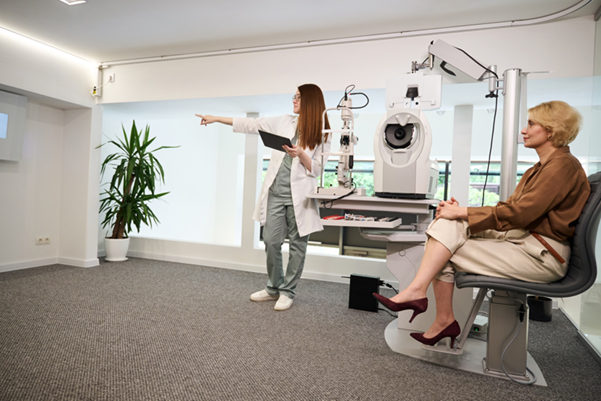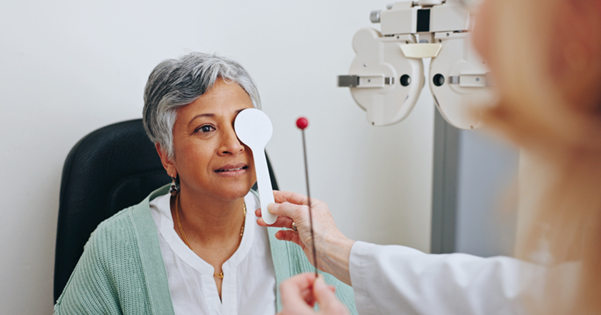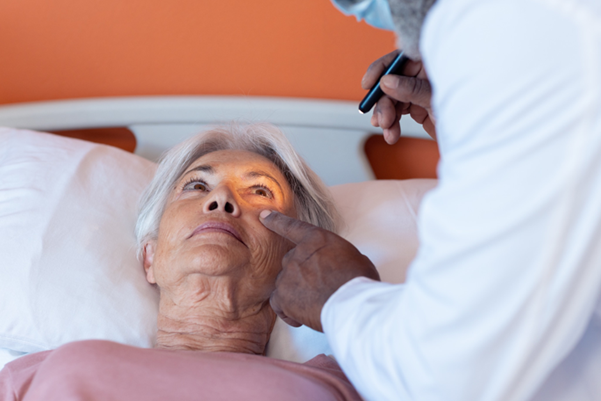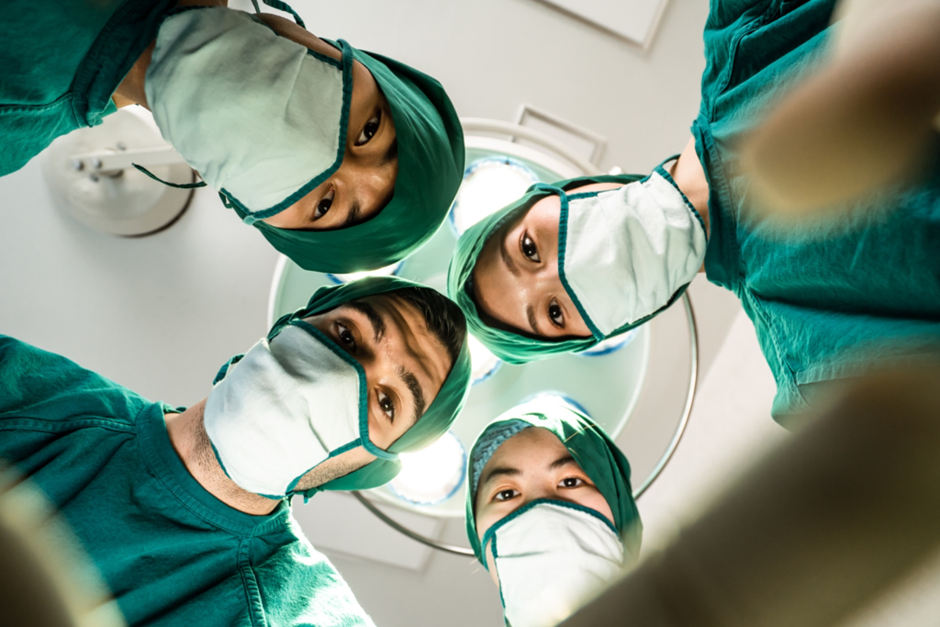Age-related macular degeneration (AMD) is one of the leading causes of vision loss in the world. It occurs among people aged 50 and above. This eye condition can severely affect daily activities like reading, driving, and face recognition. It is, therefore, very important to understand AMD and act proactively in managing it so that vision …
Age-related macular degeneration (AMD) is one of the leading causes of vision loss in the world. It occurs among people aged 50 and above. This eye condition can severely affect daily activities like reading, driving, and face recognition. It is, therefore, very important to understand AMD and act proactively in managing it so that vision and quality of life are preserved.
Understanding Age-Related Macular Degeneration
AMD is most common in the macula, the area in the retina responsible for sharp, detailed vision. There are two main types of AMD:
- Dry AMD
- The more common form, accounting for 85–90% of cases.
- It develops gradually as the macula thins over time.
- Vision loss is slow but can progress to the more severe wet AMD.
- Wet AMD
- Less common but more severe.
- Characterized by abnormal new blood vessels, which grow below the retina to leak fluid or blood.
- It can rapidly lead to profound loss of vision and should not be delayed in treatment.
Signs of AMD
Early onsets of symptoms of AMD might help in management. The cardinal signs are
- Blurred and distorted central vision.
- Difficulty in reading or ability to see the fine details.
- Dark or blank areas in your center of vision.
- Colors less vivid or brighter.
- Straight lines appear to be curved or wavy.
Peripheral vision is not affected, so people can still get around, even with the distortion.
Preventive Measures for AMD
AMD is not curable, but several interventions can delay its progression and maintain vision. Here are some tips:
1. Regular Eye Checkups

Early detection is critical. Routine eye examinations can identify AMD in its initial stages, even before symptoms appear. Advanced diagnostic tools like Optical Coherence Tomography (OCT) are used at Dr. Natasha Lim Eye Centre to capture detailed images of the retina, enabling precise assessment and timely intervention.
2. Adopt Eye-Friendly Lifestyle Changes
Making lifestyle modifications can significantly lower the risk of AMD progression:
- Quit Smoking: Smoking reduces blood flow to the retina and increases oxidative stress, accelerating AMD progression.
- Healthy Diet: Include foods rich in antioxidants, vitamins, and omega-3 fatty acids, such as leafy greens, fish, nuts, and colorful vegetables, to support eye health.
- Regular Exercise: Improves overall circulation, ensuring vital nutrients reach the eyes.
- Sun Protection: Use sunglasses with 100% UVA and UVB protection to shield your eyes from harmful ultraviolet rays.
3. Nutritional Supplements
The AREDS2 (Age-Related Eye Disease Study 2) formula has been shown to slow the progression of intermediate or advanced dry AMD. It includes:
- Vitamin C
- Vitamin E
- Zinc
- Copper
- Lutein and Zeaxanthin (antioxidants protecting the macula)
Patients at Dr. Natasha Lim Eye Centre receive personalized guidance on incorporating these supplements into their routines.
4. Advanced Treatment Options for Wet AMD

For wet AMD, medical interventions are essential to manage the condition effectively:
- Anti-VEGF Injections: Medications like Avastin, Lucentis, and Eylea help reduce abnormal blood vessel growth and leakage, slowing vision loss. Administered every 4–8 weeks, these injections may also improve vision in some cases.
- Laser Therapy: While less common, laser photocoagulation can seal leaking blood vessels, preventing further macular damage.
5. Vision Rehabilitation and Aids
For individuals with advanced AMD, vision aids and rehabilitation programs can help maintain independence:
- Magnifying glasses or digital devices make reading and other tasks easier.
- Adaptive techniques and training improve the use of peripheral vision.
At Dr. Natasha Lim Eye Centre, patients are guided on the best vision aids and rehabilitation services tailored to their needs.
6. Monitor Vision Changes Regularly
The monitoring of the changes in vision is very essential. Central vision changes can be detected using a simple tool, which is the Amsler grid. Distortion or dark spots on the grid should immediately be consulted with an eye specialist.
Comprehensive AMD Care at Dr. Natasha Lim Eye Centre
At Dr. Natasha Lim Eye Centre, all aspects of AMD management benefit the patients. The clinic brings together technological ingenuity in diagnostic technology with personalized care plans. From lifestyle advice to the latest treatments like anti-VEGF injections and nutritional counseling, every patient gets comprehensive support for protecting his or her vision.
Conclusion
Age-related macular degeneration need not be a fearful diagnosis per se, provided it has been identified and treated early enough to control its progression and any residual vision loss. Proactive intervention with regular eye examinations, lifestyle modifications, proper therapies, and appropriate vision aids will help people to maintain their independence and quality of life.
Patients can take charge of their eye health and secure their future vision with the expertise of Dr. Natasha Lim Eye Centre.





